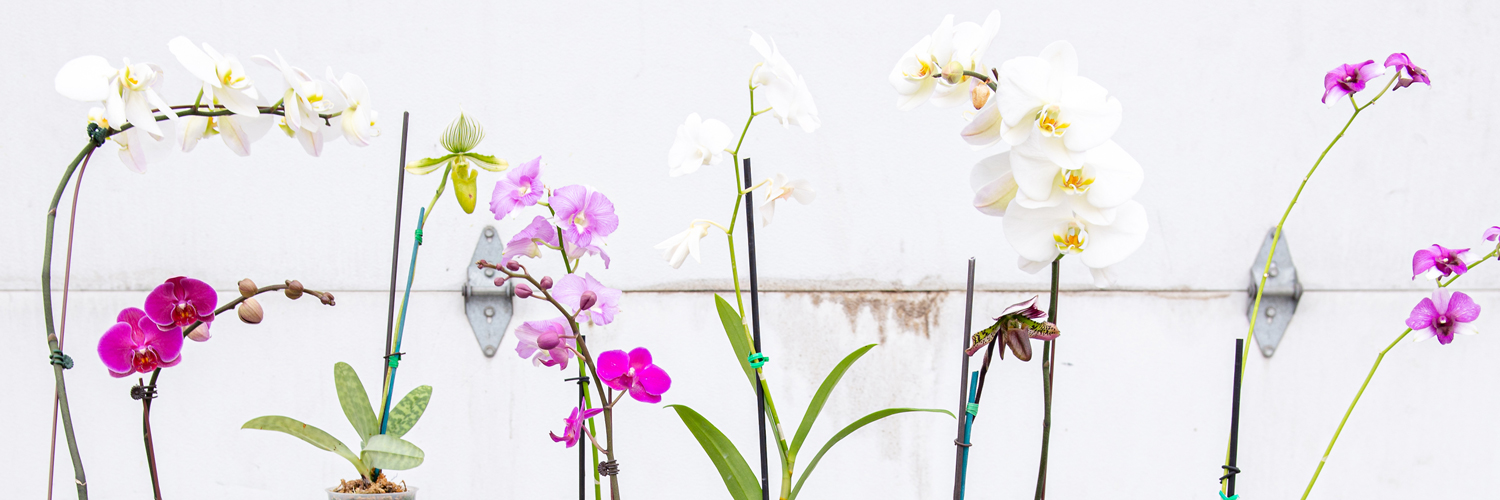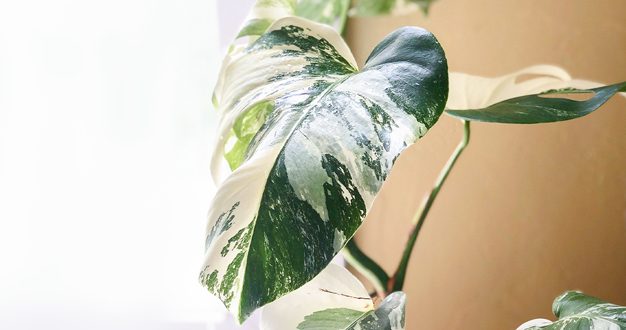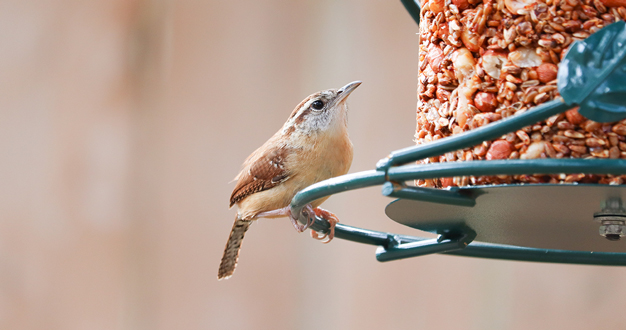
Orchids are a classic favorite, long admired and grown by plant collectors and beginning houseplant parents alike. They’re remarkably diverse in their colors, patterns, shapes, and sizes – with over 20,000 species growing across the globe. While they can be found in all kinds of habitats – ranging from humid rainforests to alpine mountaintops, even our local prairies – many orchids are extremely adaptable to houseplant life too. So it’s easy to enjoy their beauty right in our own homes. Here, we introduce you to five groups of orchids that make great houseplants, and we share our best care tips for success.
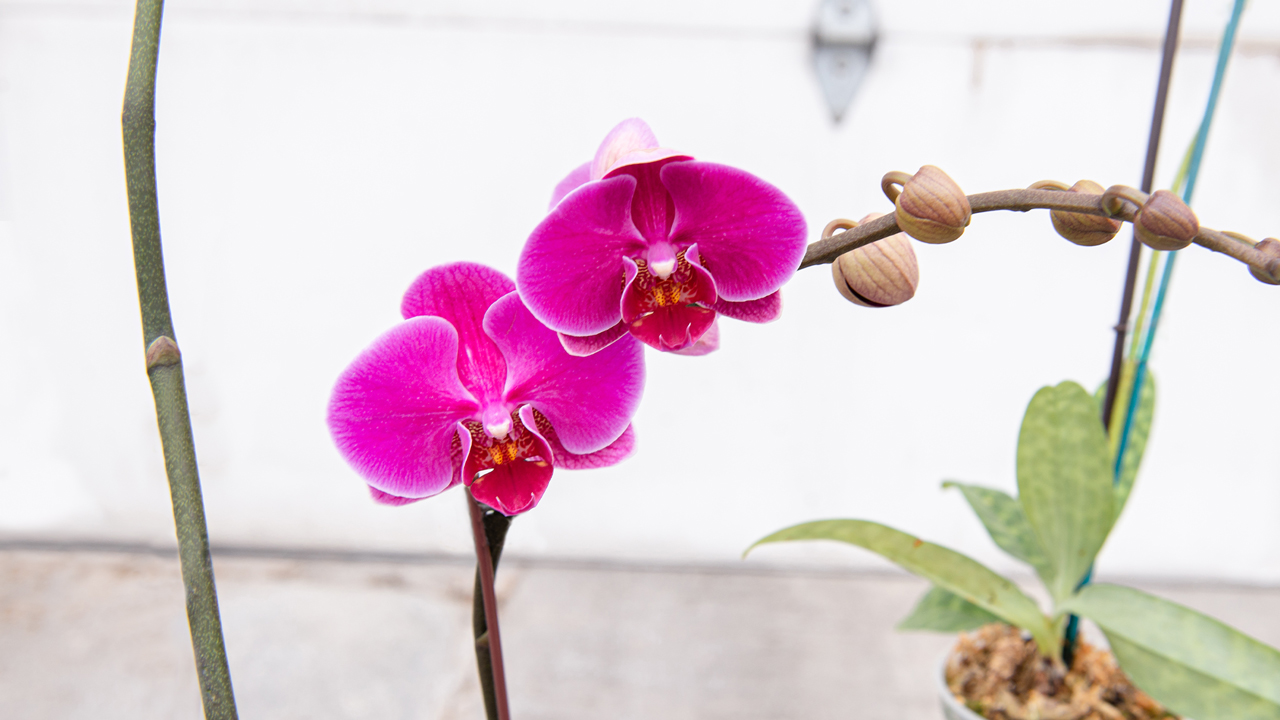
Phalaenopsis
This popular group is the perfect starting point for new collectors looking to try orchids for the first time. Phalaenopsis orchids enjoy the same type of light and watering frequency as many other houseplants, but their broad, moth-like blooms bring so much more to a collection. Their long-lasting blooms come in a wide range of stunning shades from pure white to lemon yellow, grassy green to vibrant raspberry pink – with interesting striped varieties too. Phalaenopsis orchids can also be found in an adorable, tiny size of just a few inches tall.
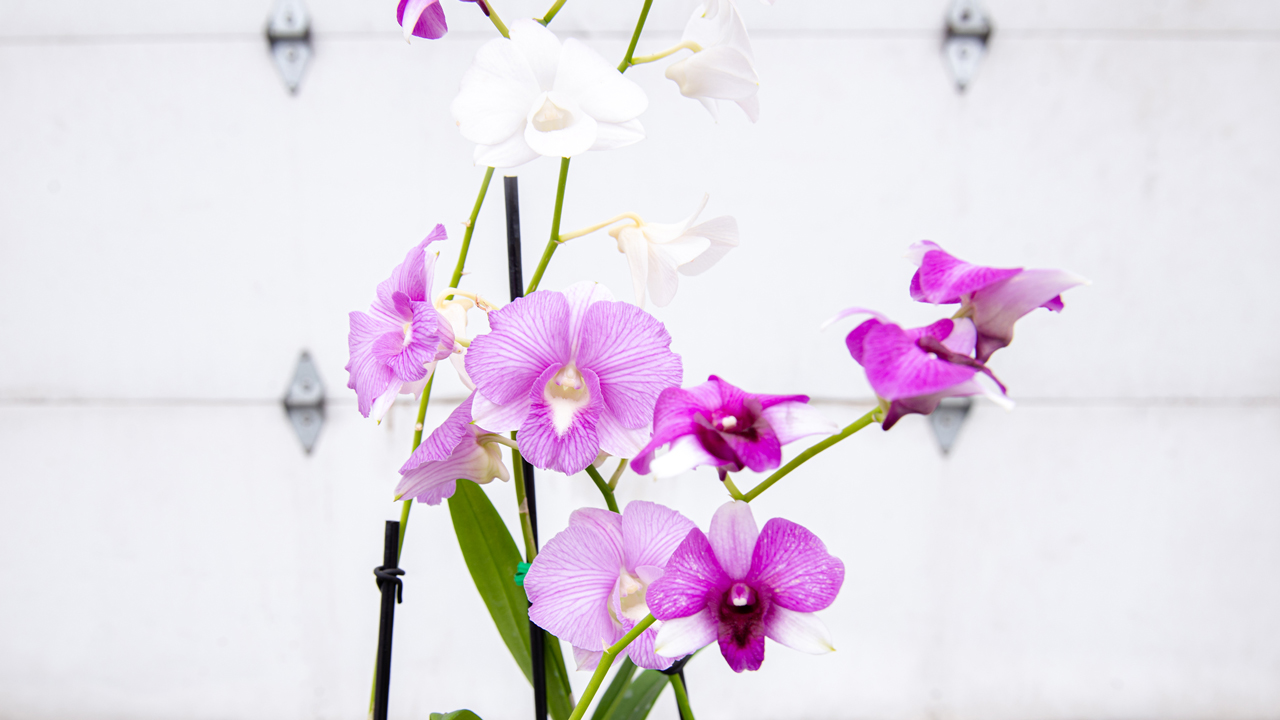
Dendrobium
In these dainty and beautiful orchids, multiple star- or pansy-shaped blooms appear along arching stems that rise from the tops of thick, cane-like stems. Dendrobium orchids bloom in the spring and fall and come in shades of purple, pink, green, and white. Orchids in the genus Dendrobium are native to tropical areas of southeast Asia, Indonesia, and Australia.
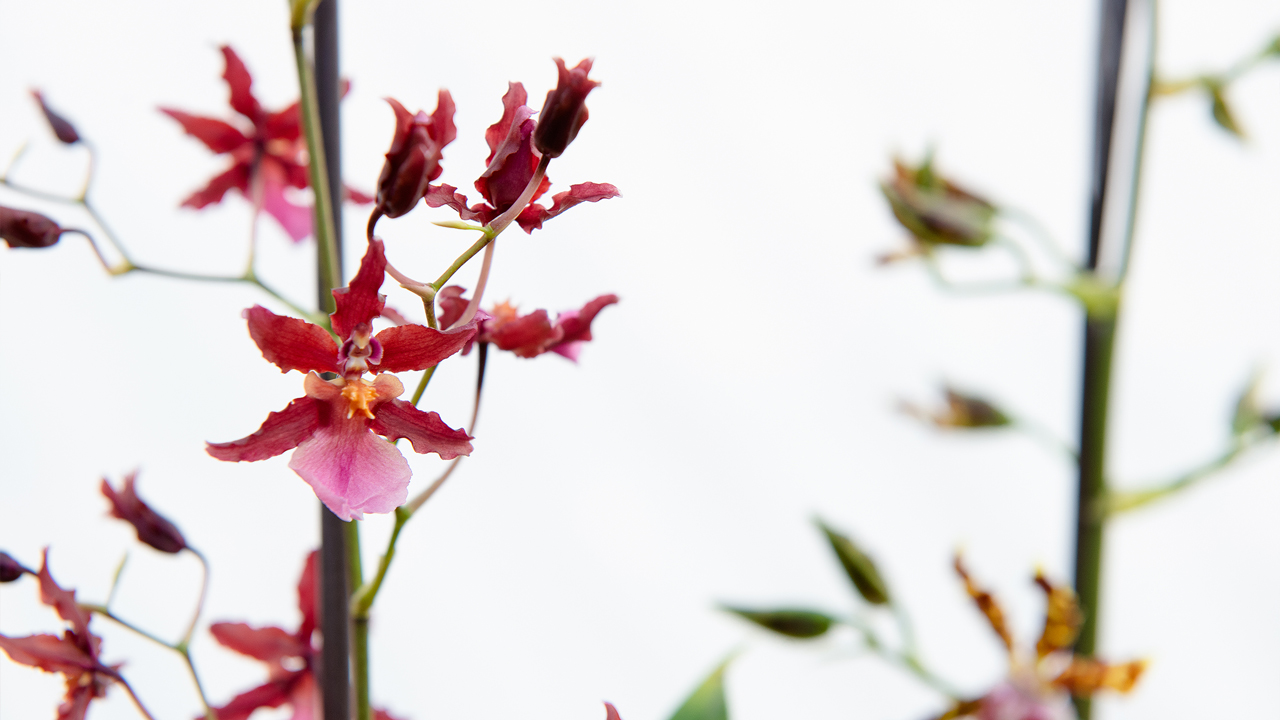
Oncidium
Orchids in the genus Oncidium are often called “dancing ladies” because their fairy-like blooms appear by the dozen on numerous tall and delicately branched sprays. The flowers may be sweetly fragrant and they’re most often yellow – but some varieties show off incredible spotted patterns of mahogany and brown too. Their foliage is long and strap-like with noticeably large, flattened pseudobulbs – thick regions at the base of each stem that hold nutrients and moisture.
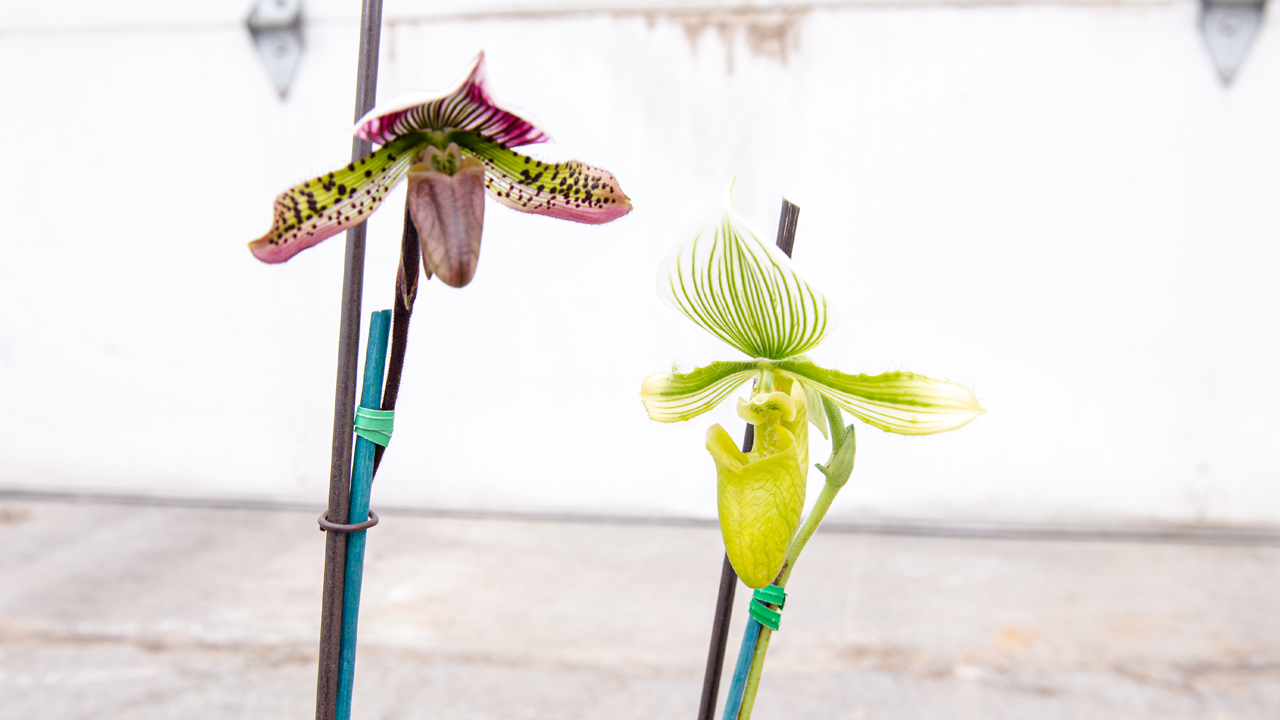
Paphiopedilum
A beautiful bloom with a pouch-like structure resembling a slipper gives orchids in the genus Paphiopedilum their common name of “slipper orchid.” Most slipper orchids feature multiple colors on each bloom with intricate stipples, stripes, and shading. Orchids in this group have attractive foliage too – many varieties feature a beautiful marbled pattern on their leaves. And unlike most other orchids which are strictly epiphytes in their native habitats, these beauties can be found growing in soil too.
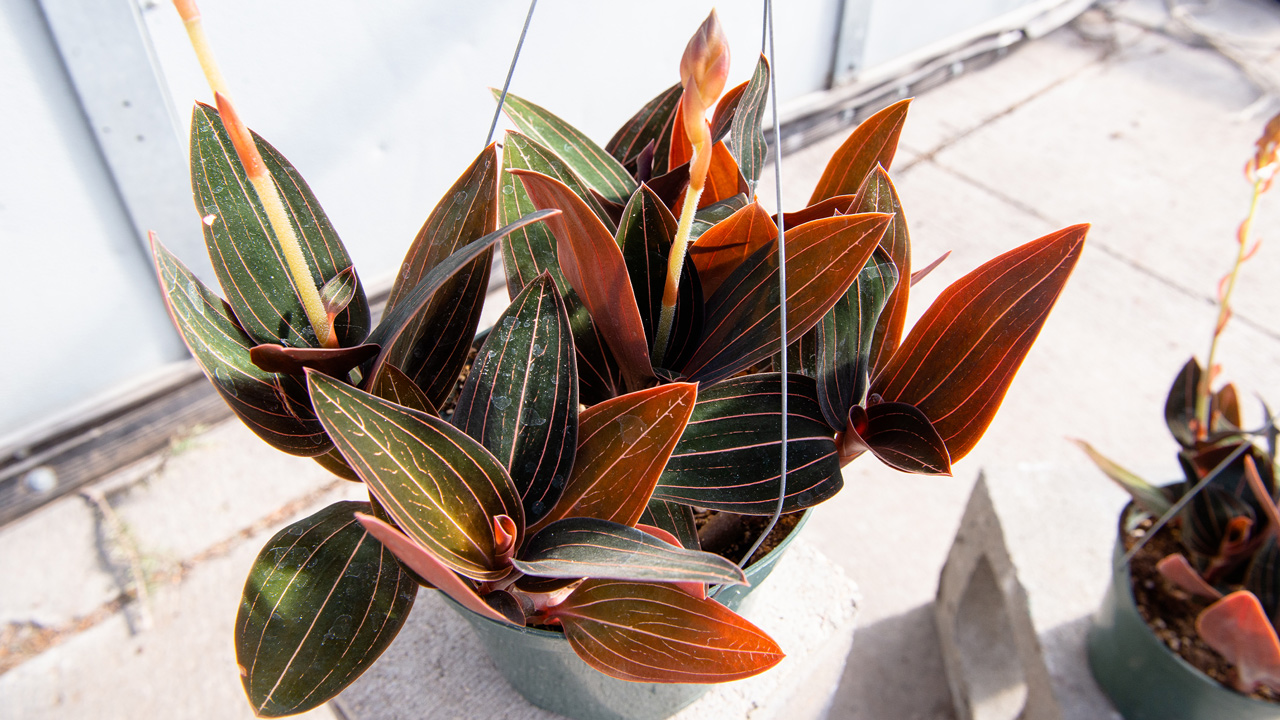
Ludisia
In the world of orchids, this one really stands apart. As the only member of its genus, Ludisia discolor, known as jewel orchid, is unlike any of its orchid cousins. For one, jewel orchid’s glory is in its velvety, deep green foliage with burgundy variegation and undersides. Its dainty white flowers appear more frequently and often in the winter when flowers of any kind are much appreciated. And jewel orchid also takes a different route by being solely terrestrial rather than epiphytic – it does much better planted in regular potting soil than in the bark mix most orchids love.
Care Tips
As diverse as these orchids may look, their preferences for care are relatively consistent across the board – with the exception of jewel orchid. The key is to remember that most orchids are epiphytes in the wild, and this lifestyle determines the light, water, and soil mix they prefer.
Light
Orchids generally like bright – but not direct – light like they might find in the bright dappled shade of a rainforest. A spot where they can see lots of sky, but not the sun directly is perfect. Direct sunlight can damage the foliage, causing it to bleach and eventually die. In low light, your orchid might grow, but will have trouble reblooming for you. You can tell if your orchid is getting the right light by looking at the color of the foliage – light or olive green is a good sign. If your orchid’s foliage is darker, it might be asking for a spot with more light.
Soil + Water
As epiphytes, most orchids are adapted to hard rains that drain very quickly away from the roots, so you’ll want to use a special bark potting mix formulated for orchids. When the mix becomes just dry, it’s time to water – soak the pot thoroughly then let it drain completely. Orchids also like humidity. Setting your orchid on a pebble tray with enough water to nearly reach the bottom of the pot will give them a little extra moisture in the air.
The one exception is the jewel orchid which prefers an all-purpose potting soil rather than orchid bark mix. But jewel orchid is just as unwilling to tolerate soggy roots, so make sure the container drains well, and let the top of the soil dry a bit before watering again.
Fertilizer
Orchids do best with small, but consistent feeding – like they’d experience in the wild where their nutrition comes from the tiny bits of organic matter they collect from their surroundings. Orchid enthusiasts often use the phrase “weakly, weekly” to describe how they feed their orchids. A balanced houseplant fertilizer diluted to half- or quarter-strength works well, or you can use a specialized orchid fertilizer too.
Reblooming
Orchid blooms last for several weeks to several months, but eventually, the time comes when they fade and drop. Some orchids bloom just once a year, while others can produce flowers twice or even three times in the same period. The best way to help your orchid rebloom is to provide the optimum light, water, and fertilizer it needs for healthy growth when it’s in its foliage-only stage. The wait can be challenging, but enticing an orchid to rebloom is an exciting moment for any plant parent.
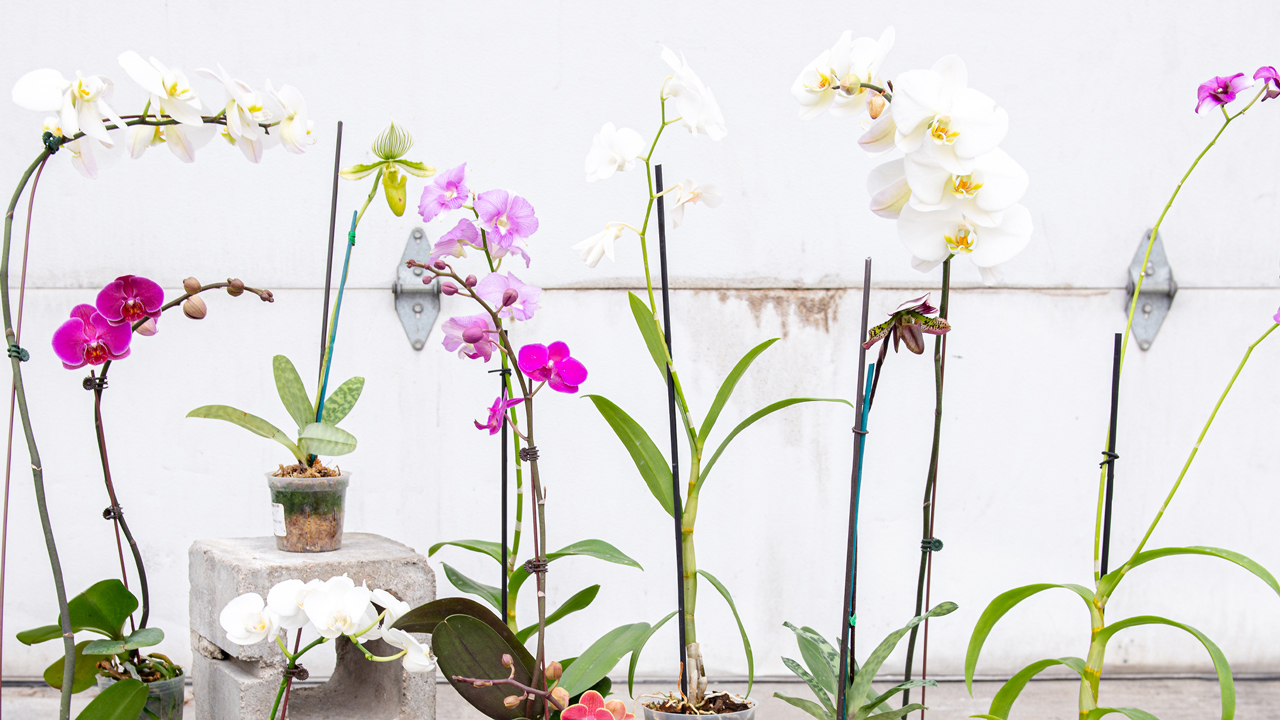
Let’s Talk Orchids
The diverse world of orchids offers lots of beautiful plants to add to your indoor space, and they’re not as difficult to care for as you may think. Come talk to us – we have an exciting collection of orchids to love plus experienced orchid enthusiasts to answer any questions you might have.

